Polar bear inbreeding and bird 'divorces': Weird ways climate change is affecting animal species
Species are adapting to warmer global temperatures, some in unusual ways.
The world's biodiversity is constantly being threatened by warming temperatures and extreme changes in climate and weather patterns.
And while that "doom and gloom" is the typical discourse surrounding how climate change is affecting biodiversity, another interesting aspect of the warming temperatures is how different species have been adapting over the decades, as the warming progresses, experts say.
Species typically adapt in one of three ways, Morgan Tingley, an associate professor of ecology and evolutionary biology at the University of California Los Angeles, told ABC News. They shift their distribution, change spaces or move from one place to another when the region gets too hot (either to a cooler region to higher altitudes). There are also shifts in phenology, or the seasonal timing of biological events, such as when deer are born or when birds return from migration. And finally, the species themselves change, either through evolution or natural selection, Tingley said.
How the species are changing is the least well-studied, but more and more research is emerging to pinpoint climate change's role in adaption, Tingley said.
The loss of biodiversity is complex -- and the most direct impact humans have on it is through habitat loss, rather than climate change, according to the experts. But as more research emerges, the role of climate change is being considered as well.
"Climate change is like this global killer," Maria Paniw, an ecologist at the Doñana Biological Station, is a public research institute in Seville, Spain, told ABC News. "In effect, it often makes all the other risks that animals face much worse."
Here are some unusual ways climate change is affecting nature:
African wild dogs are breeding later
The phenology of when African wild dogs are breeding and giving birth has changed as a result of warming temperatures, according to a study published in the Proceedings of the National Academy of Sciences of the United States of America on Monday.
While climate change has caused many species to shift the timing of life-history events, such as reproduction, in response to changes in the timing of optimal conditions, it has delayed birthing and reduced reproductive success in African wild dogs, new research suggests.
The authors monitored 60 packs of wild dogs in Botswana over 30 years and found that the birthing dates of African wild dogs have shifted 22 days later on average, more than twice the observed average rate for animals, contrary to predictions that large predators are likely to be relatively less sensitive to climate change due to their high position on the food chain, Briana Abrahms, assistant professor of biologyat the University of Washington and author of the study, told ABC News.
"We were expecting to find initially that if they were changing their life history timings at all, because there's some kind of theoretical background to say that species higher up on the food chain should be less sensitive to climate than species lower on the food chain, because they're a little bit farther removed from this kind of climate effects," she said.
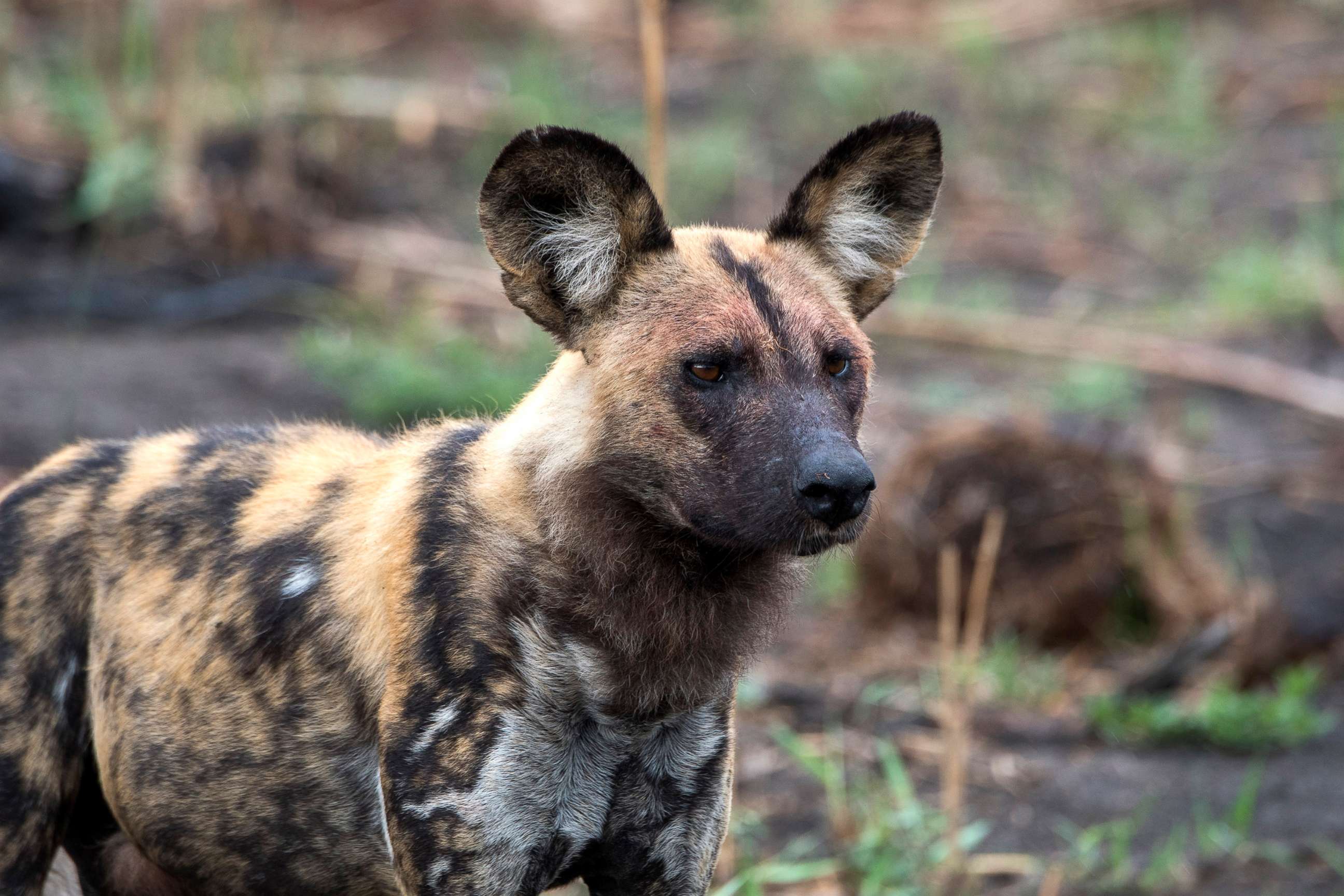
African wild dogs have evolved to breed at the coolest time of the year, Abrahms said. But by delaying the breeding time so drastically, to late winter, it is causing the pups to be born and live the earliest and most sensitive time during spring and summer, which are much hotter than what they're used to she added.
The findings suggest that the response of African wild dogs to climate change may become maladaptive.
"We found that in hotter temperatures, there's lower reproductive success or survival of pups," Abrahms said, "And so it seems like even though they are shifting their birthing timing to track the school temperatures is actually to some extent backfiring because it ends up meaning that they are raising their young in hotter temperatures and hotter periods of the year."
Heat exposure affecting the fitness of wild songbirds
As the climate warms and the frequency of heat waves increases, scientists are beginning to detect what is happening for some endangered bird species around the world.
Birds are "acutely vulnerable" to climate warming due to their small body size, high metabolism and diurnal activity, or activity during the day, according to a study published earlier this month in the Proceedings of the National Academy of Sciences of the United States of America.
Nestlings are especially sensitive to heat due to high metabolic rates associated with growth and limited options for physiological and behavioral coping strategies, the researchers said.
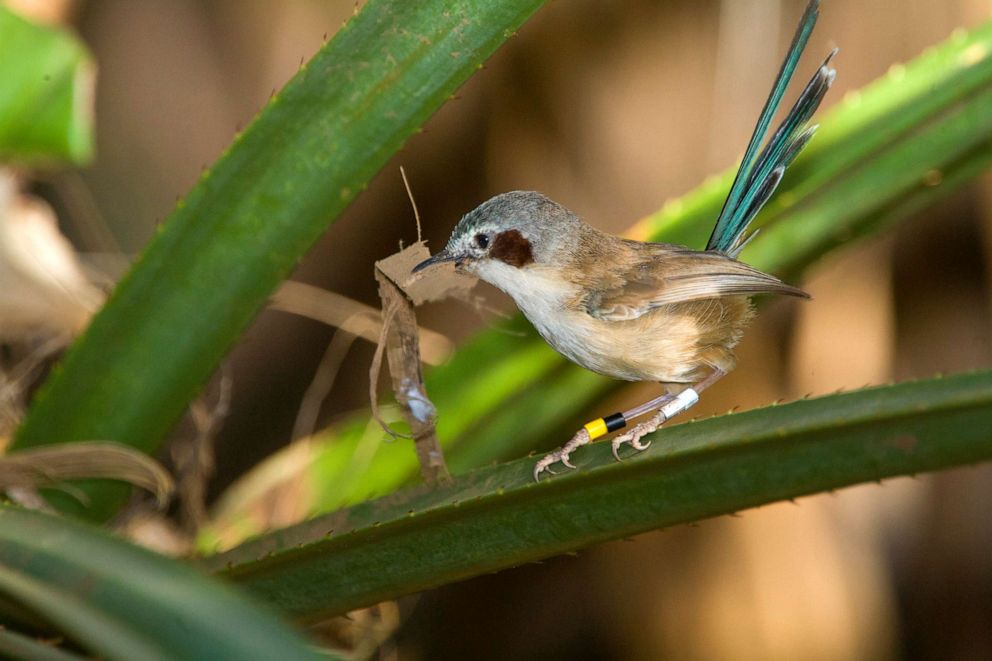
Researchers have discovered that wild purple-crowned fairy-wrens, endangered songbirds of the monsoonal tropics, now have shorter telomeres, which are protective DNA caps on the ends of eukaryotic chromosomes. The shorter telomeres are associated with aging, cell death, reduced fitness and exposure to poor environmental conditions during development — all of which could decrease population persistence and eventually lead to extinction.
The birds are at risk for dehydration, a loss of energy reserves and increased body temperatures, resulting in higher resting metabolic rates, reduced enzyme performance and increased production of heat shock proteins and glucocorticoid stress hormones. The effects were mitigated by water availability, researchers said.
Invasive fire ants are thriving in warmer soil
Not all living species are suffering as a result of rising temperatures.
While climate change is one of the primary agents of the global decline in insect abundance, one species of fire ant, Wasmannia auropuctata, was found to thrive in warmer conditions, according to a study published on April 5 in Biology Letters.
Researchers heated up tropical forest soil in Panama to directly test how temperature increase affects ant communities and found that little fire ants were more abundant in warmed plots. After studying the insects over a two-year period, scientists determined that the increase in soil temperature can have a profound effect on ants, potentially favoring species with invasive traits and moderate heat tolerances.
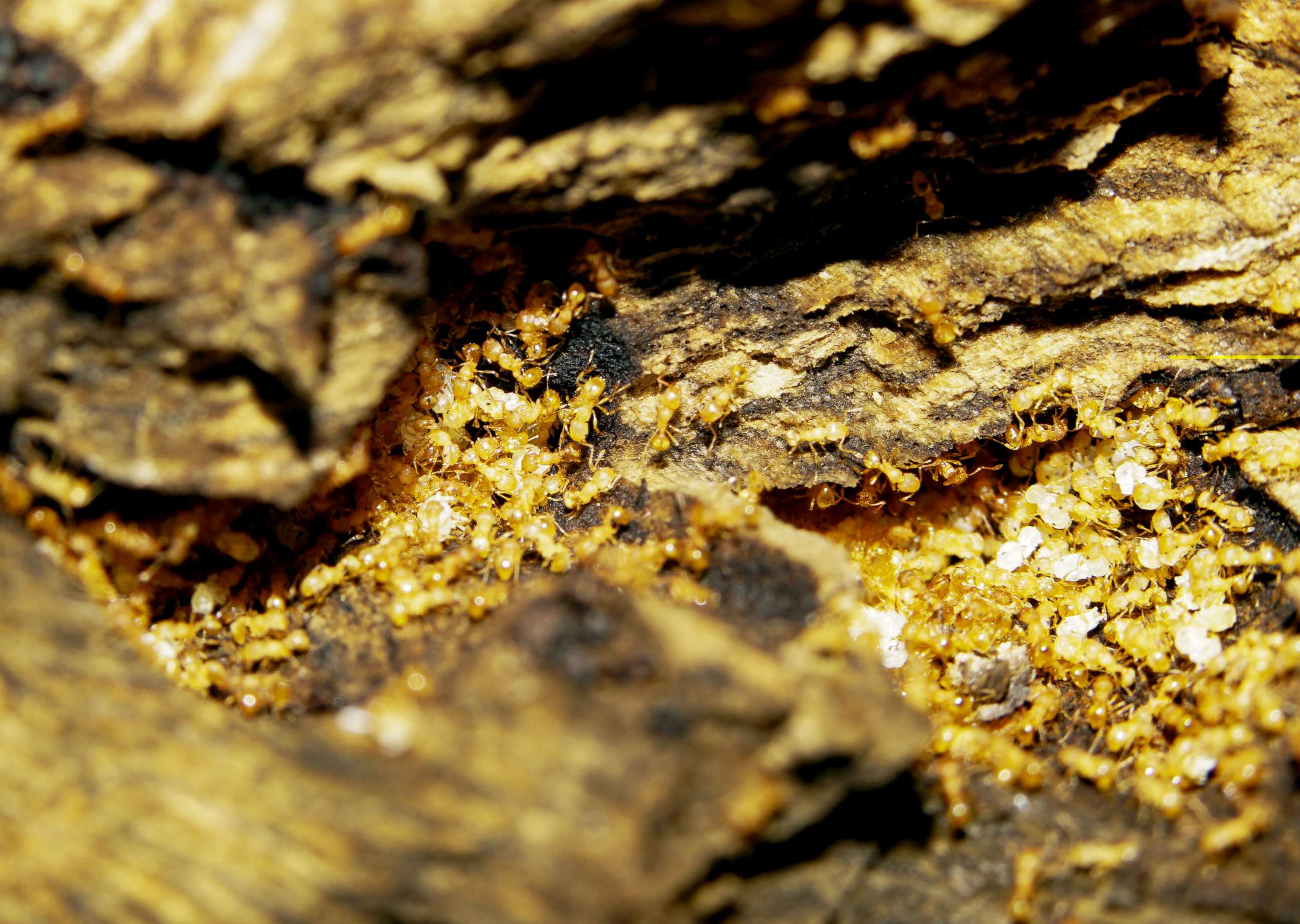
Wasmannia auropuctata is native to the Panama region where it was studied, but it has been found to be an invasive species in other regions around the world, Jelena Bujan, an ecologist at the University of Lausanne in Switzerland and author of the study, told ABC News.
"It seems like this increase was not detrimental for the community," Bujan said.
Tuberculosis risks in meerkats increasing
Higher temperature extremes may increase the risk of outbreaks of tuberculosis in Kalahari meerkats by increasing physiological stress, as well as the movement of males between group, according to a study published in Nature in February.
As the Kalahari Desert in South Africa continues to warm, the meerkats become more physically stressed and therefore they have less time to forage during the day. for most of the year, Paniw said. The heat, combined with drought conditions from decreasing rainfall amounts, results in the decreasing availability of food as well.
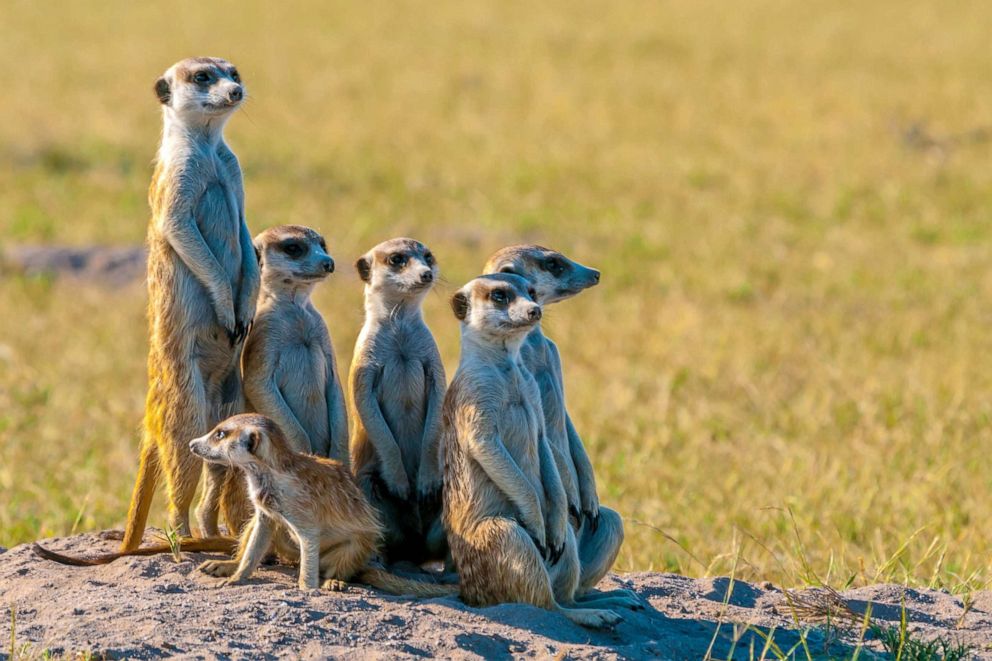
That widespread physical stress can lead to endemic diseases such as tuberculosis to end up in outbreaks, exacerbated by the fact that meerkats are a social species that interact in groups.
"Because of the physical stress involved and less food availability, unhealthy conditions can turn endemic disease more frequently into severe outbreaks decreasing group sizes and putting groups at risk of extinction," Paniw said.
Similar behavior has been seen in corals, which, when infected with a bacterial infection, can spread it "more widely" in warmer conditions, she added.
Rising 'divorce' rates among albatrosses
Albatrosses, a monogamous species famous for mating for life, are seeing higher "divorce" rates as temperatures warm, a study published in the Royal Society Journal in November found.
The rate of Black-browed albatross pairs that split up and and found new mates rose to 8% during years of unusually warm water temperatures, researchers who studied more than 15,000 albatross pairs in the Falkland Islands over 15 years found.
The previous rate of divorce, 1% to 3%, typically involved female albatrosses finding a new mate as a result of an unsuccessful breeding season, scientists said. But during the years of atypical warmth, breakups rose even among couples that successfully reproduced.
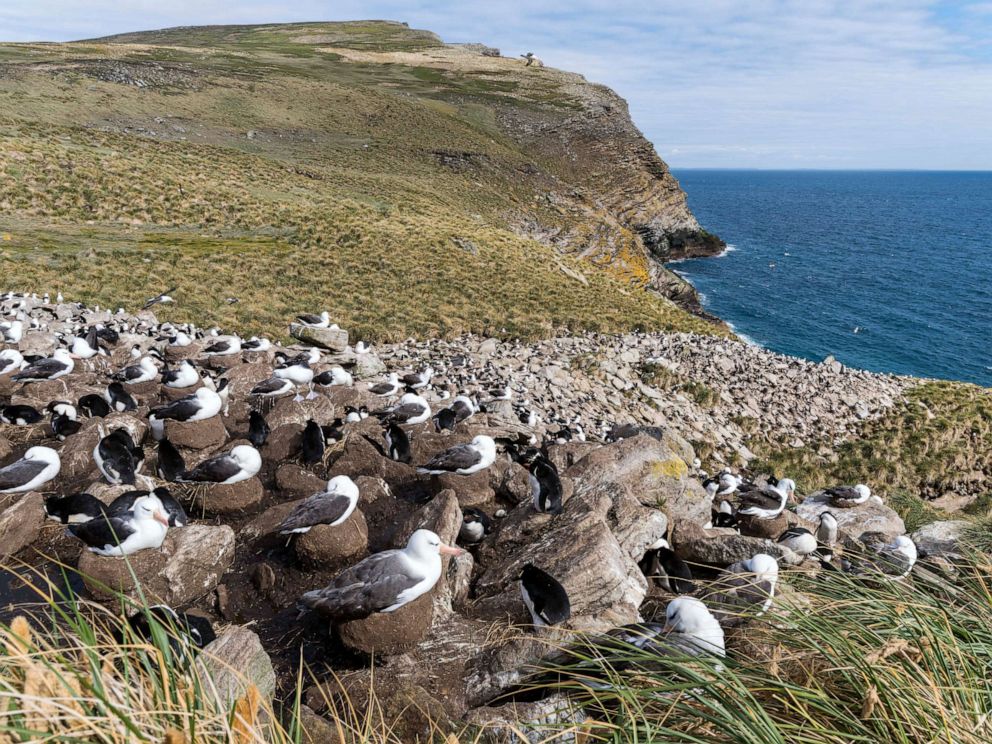
The research is the "first evidence of a significant influence of the prevailing environmental conditions on the prevalence of divorce in a long-lived socially monogamous population," the authors concluded.
The findings will also provide "critical insight" into the role of the environment on divorce in other socially monogamous avian and mammalian populations, the researchers said.
Polar bears are inbreeding due to melting sea ice
Polar bear populations were found to have up to a 10% loss in genetic diversity over a 20-year period as a result of inbreeding due to habitat fragmentation, a recent study published in Royal Society Journals in September found.
Scientists studied in Svalbard, the Norwegian archipelago on the Barents Sea, and found that the inbreeding in which the inbreeding occurred correlated with a "rapid disappearance of Arctic sea ice."
Simo Maduna, a researcher at the Norwegian Institute of Bioeconomy Research and author of the study, described the results were "alarming" and "surprising" to ABC News.
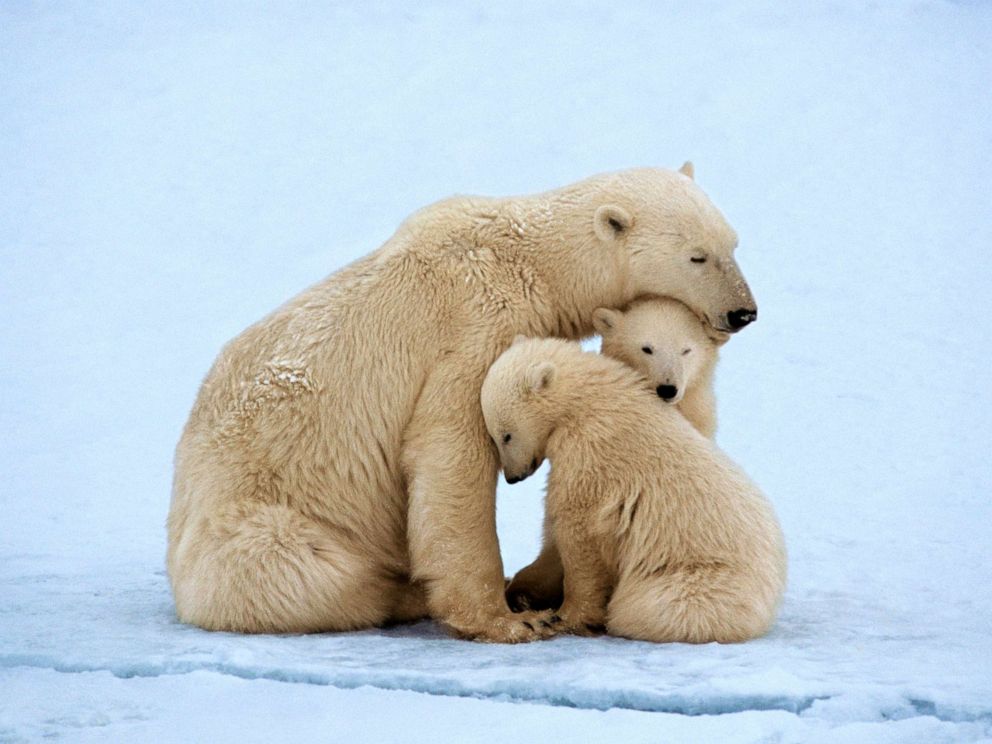
The lack of genetic diversity could also eventually lead to the species' inability to produce fertile offspring or withstand disease, Maduna said.
"With genetic diversity, when the population becomes so small, you'll find that there will be a higher chance of closely related individuals mating and producing offspring," he said. "But with that comes a risk in the sense that some of the traits ... that are recessive, will now basically be unmasked in the population."
When gray seals give birth is changing
Researchers who monitored gray seals in the U.K.'s Skomer Marine Conservation Zone for three decades found that climate change has caused older seal mothers to give birth to pups earlier. The observation that favors the hypothesis that climate affects phenology, or the timing of biological events, by altering the age profile of the population, a study published November in the Royal Society Journals found.
In 1992, when the researchers first began surveying grey seal populations, the midpoint of the pupping season was the first week of October. By 2004, the pupping season had advanced three weeks earlier, to mid-September, according to the study.
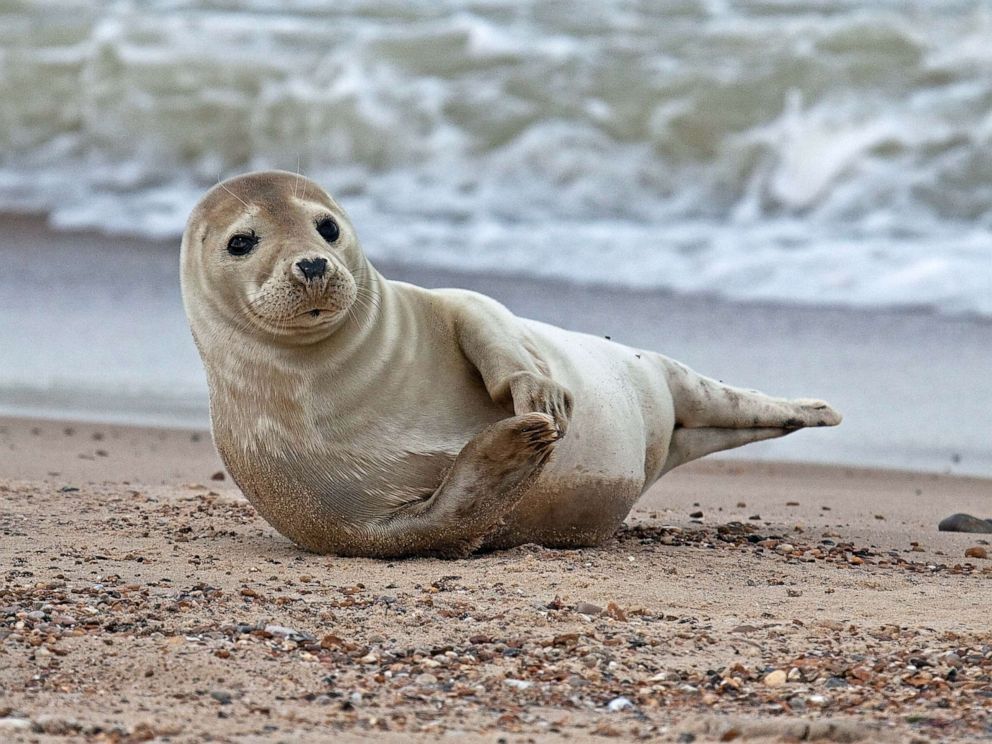
Warmer years were also associated with an older average age of mothers, the scientists found. Gray seals typically start breeding around 5 years old and can continue for several decades after. But the older the seals got, the earlier they gave birth.
The changes were not isolated to the U.K., as there have been observable changes in the timing of seal life throughout the Atlantic and the world, according to the study.
Amazonian birds are shrinking
Birds in undisturbed areas of the Amazon rainforest are experiencing physical changes to dryer, hotter climates, according to research published in Science Advances in November.
Scientists who studied four decades of data on Amazonian bird species found that 36 species have lost substantial weight, some as much as 2% of their body weight every decade since 1980. In addition, all of the species showed a decrease in average body weight.
"Faced with a changing environment, biological responses of species are limited to extinction, distribution shifts, and adaptation," the authors said. "For birds in lowland Amazonia, population trends for a subset of the community are not encouraging."
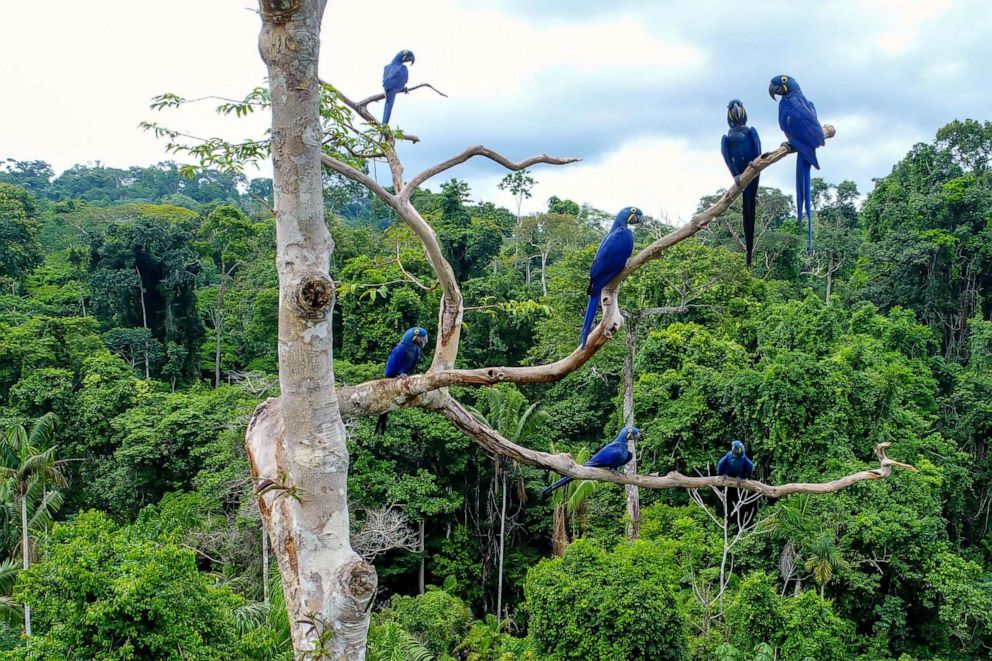
Birds are considered by scientists to be a sentinel species, which indicate the overall health of an ecosystem. The precipitation in the region declined as average temperature rose -- all during the study period.
Tingley, who studies birds, said a general hypothesis surrounding this phenomenon is that animals must shrink as temperatures rise to become more "thermo-efficient" and regulating body heat.
"Because as things get warmer, it's basically more sort of thermo-efficient to have a smaller body size because you can dissipate heat more effectively," he said.




